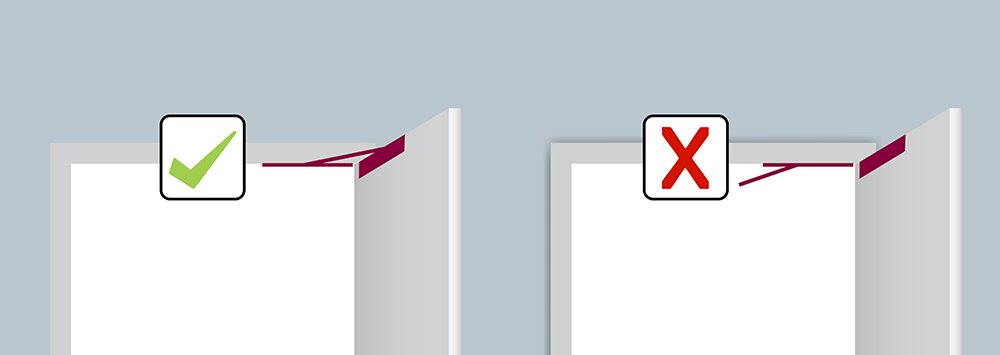
This June marks six years since the fire at Grenfell Tower claimed 72 lives. The role that cladding had on the spread of fire at Grenfell Tower has been widely reported on and has remained uppermost in people’s minds. However, one of the big takeaways for the fire door industry is the comments made by fire safety engineering expert, Dr Barbara Lane, about the effect that the removal of self-closing mechanisms from apartment entrance doors had on the spread of smoke and fire throughout Grenfell Tower.
Her report, made on behalf of the Inquest, stated that in inspections 3 days after the tragedy, a significant number of door closers that had been disconnected were found on apartment entrance doors. Indeed, only a few operational door closers were found on levels 4-23 in the tower. Furthermore, a caretaker employed in Grenfell Tower provided evidence to the Inquest that he personally disconnected 10 door closers following complaints from residents that they were not functioning correctly.
Where flat entrance self-closing devices were missing or disconnected, the effective operation of the fire door on the night of the fire would have depended on residents closing doors behind them as they escaped. There is evidence that this did not happen in some cases – not surprisingly in an emergency situation – therefore, toxic smoke and heat from the fire in the cladding, and the resulting fires within individual apartments, was able to flow rapidly into the associated protected lobbies on that floor.
This obviously hampered escape and rescue efforts and highlights the importance of door closers as life safety devices. Five years on, we must continue to ask ourselves what else we can do to ensure this doesn’t happen again.
Tampering with closers
The caretaker that gave evidence at the Inquest said that residents began having issues with self-closing mechanisms soon after the warranties ran out, which led to him removing the mechanisms on at least ten doors, just so that the door could sit in a closed position. A fire door without an automatic closing mechanism is no longer a fire door – the door closer is an integral part of the fire containment action it provides.
Removing a door closer should never be a solution to a resident complaining about a door malfunctioning. Instead, the door closer should be adjusted or replaced. As a matter of course, door closers need to be correctly installed and adjusted, so that they close reliably and are able to be opened with relative ease. Following this, they must be regularly checked and maintained by a responsible person – someone who is aware of fire regulations and the potential consequences of breaking them. Indeed, anyone with the power or ability to alter any part of a fire door should be fully aware that tampering with door closers can end in loss of life.
We have also heard anecdotal evidence that door closers are sometimes removed in blocks of flats because residents don’t like the self-closing function on their entrance doors, either because they find it difficult to open or too easy to lock themselves out or because they simply don’t like the aesthetics of the door closer. It’s imperative that we address any factors that lead to homeowners disabling an essential part of life safety. Firstly, it must be impressed upon residents that an external apartment door is part of the communal fire and smoke control system in a building and should never be tampered with. Additionally, when specifying a door closer, the likelihood of an unsightly or intrusive door closer being removed should be considered – an easy to open¹, low profile or concealed closer might be a better choice in a residential setting.
Shared responsibility
Tampering with door closers had a direct effect on the failure of internal fire/smoke compartmentation in the central stairwell at Grenfell. Much has been written about the Grenfell Tower fire since then, but we cannot ever assume that lessons have been learned and we all share a duty to make sure that the mistakes that led to Grenfell are never repeated. Similar fires, such as Lakanal House, occurred before Grenfell, and lessons were noted, but it was not enough to prevent Grenfell from happening. Continued vigilance and awareness-raising is required by all of us to ensure that fire safety always comes before convenience.
Note
¹Door closers have to exert enough power to close the door, but also be easy enough for the user to open the door. In our blog ‘Why do door closers go down to EN2’ we explore how a door closer labelled EN 3 can actually have the equivalent of a far higher power size when fitted on narrow doors and therefore be harder to open. It’s important to note that narrower doors are prevalent throughout the UK, often the case in older residential buildings under refurbishment. We also explore the potential conflict between meeting EN 1154 and assisting BS 8300 (formerly DDA) in our blog, ‘How do I know my door closer will assist BS 8300’.
Leave us your contact details and we will call you back for a free consultation about your requirements.